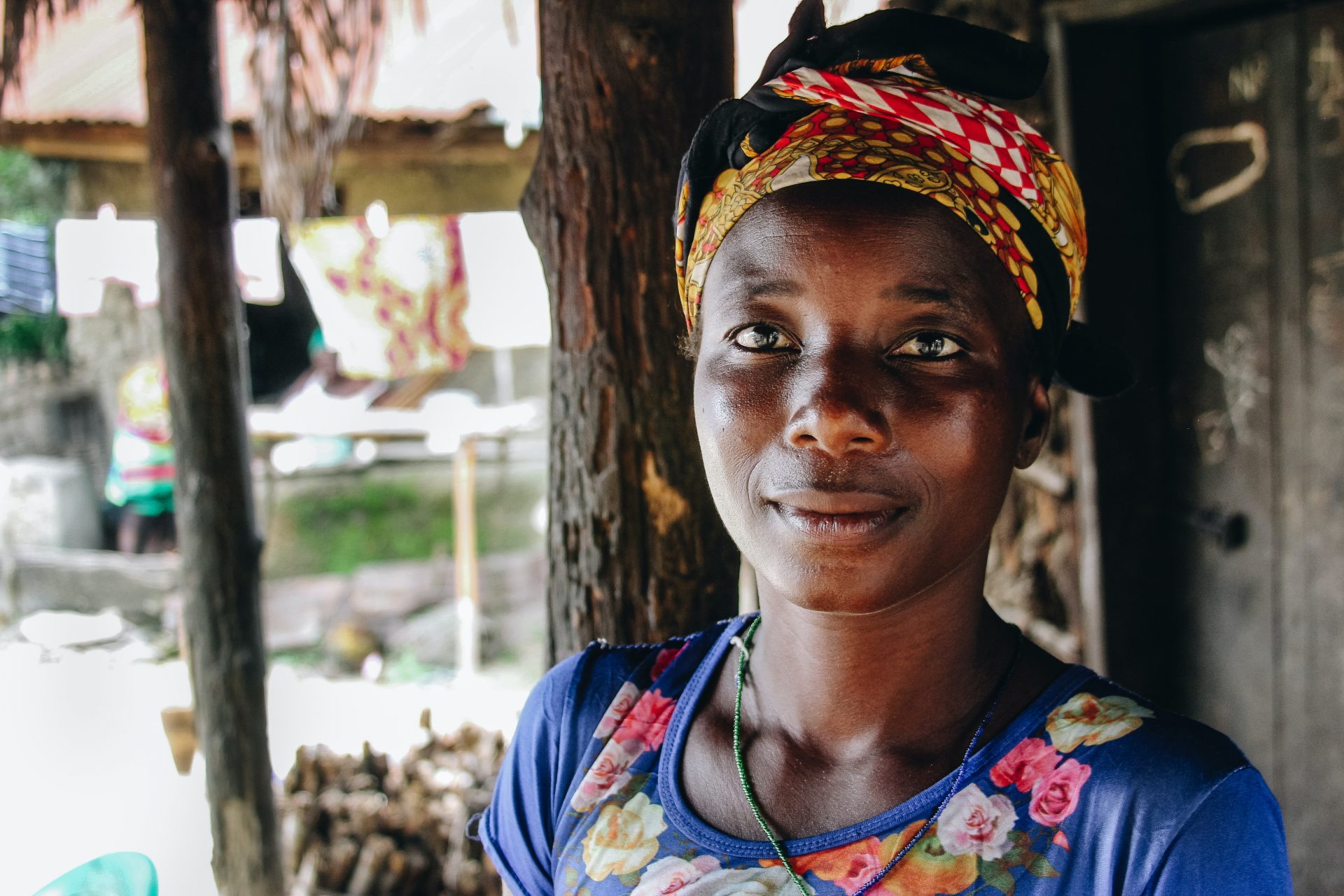Journal Article
12 Jul 2013
38 views
0 like
Synthesizing Gender Based HIV Interventions in Sub-Sahara Africa: A Systematic Review of the Evidence
AIDS and Behavior
AIDS and Behavior
+1
Download the Article
Techniques such as using trained female facilitators, providing microfinance training to women, and engaging the community were found to be particularly useful.
These interventions suggest that programmes should also address both individual and structural levels to take into consideration the social factors that contribute to the gender gap in HIV indicators.
To continue building best practices for gender-informed interventions in this field, further research with longer interventions and follow-up periods must be conducted.

